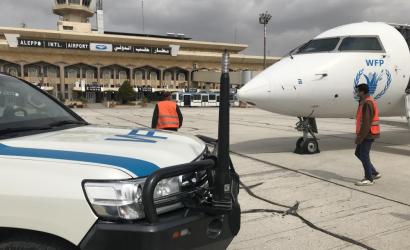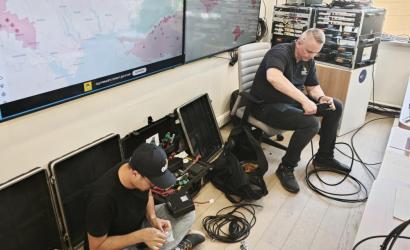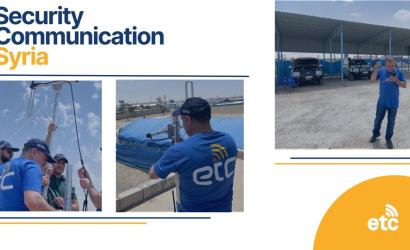SCS for Humanitarian Organisations
Purpose: During an emergency when the ETC is activated, the ETC may need to support SCS, to provide common security communications to humanitarian responders in identified locations. Provision of such services will be in line with local security requirements as defined by UNDSS.
The ETC is not responsible for provision of end user equipment or the policies and procedures of the Security Operations Centre, or other security staff that work with the SCS.
Description: The ETC supports security communications systems during an emergency using the following UNDSS guidelines for three scenarios:
Scenario A: Full reliance on public mobile phone networks for the security communications system: In locations where the mobile phone network infrastructure is available, reliable, has sufficient disaster recovery systems/procedures and is not vulnerable to interference or network saturation, the SCS will use these networks as the primary means of communication, with a possible fall back satellite communications or radio network. The ETC would support the fallback radio network in this scenario.
Scenario B: Mobile phone networks are available but prone to downtime: These are areas where the SCS can rely on the public mobile networks for day-to-day security communications, but where these networks are prone to occasional overload and or are vulnerable to natural disasters with occasional network unavailability due to capacity issues or political events. In this case the SCS will use the public mobile networks for “business as usual operations”, and setup/support a fall-back system in case of failure of the public networks. Based on local parameters, these fallback systems could be a VHF/UHF network or a satellite-based solution. The ETC will be able to support the fallback Radio network in this scenario.
Scenario C: Reliable public mobile networks are not available in the operational area: These are the operational areas where the public mobile network coverage is insufficient or not reliable enough and where a separate private telecommunication network is required. In this scenario the primary means of communication will be a VHF/UHF radio network with a backup satellite-based communications system. The ETC will be able to support the radio network in this scenario.
ETC supported VHF/UHF networks: The ETC currently supports several existing digital radio networks and will not be replacing them. Where the ETC is establishing a new VHF/UHF radio network, or upgrading an existing VHF system, the ETC will follow the UNDSS standard, supporting analogue VHF user access. If required, the ETC may establish a separate radio network for Non-Government Organisations (NGOs) where licencing for such networks can be obtained.
Security Operations Centre (SOC): A Security Operations Centre (SOC) is at the centre of the Security Communications System and is the bridge between UN staff (and often NGO personnel) in the field and the field security staff. The operating hours of a SOC depends on requirements specified by UNDSS and must contain all communications technologies that form part of the Security Communications System. If required the ETC can support the technical setup of the SOC, for example the installation of radio equipment.
User equipment configuration: Where necessary the ETC can support humanitarian staff by programming and configuring end user equipment, such as: radios, satellite phones and smart phone applications. This service is provided on best-effort basis.
User training: Where necessary the ETC conducts training for end-users (UN and NGO personnel) on the proper use of the Security Communications System, along with SOC operators on the use of the communications equipment only. Standard operating procedures for the SOC operators is not covered by the ETC.





